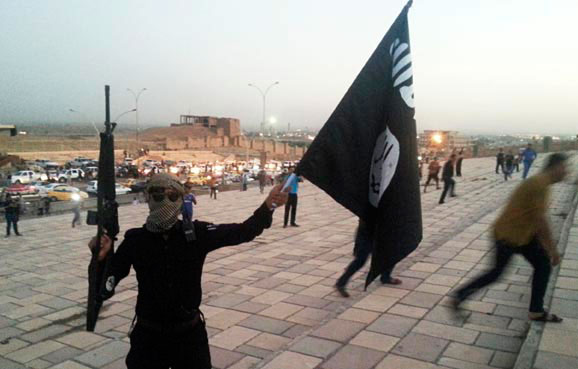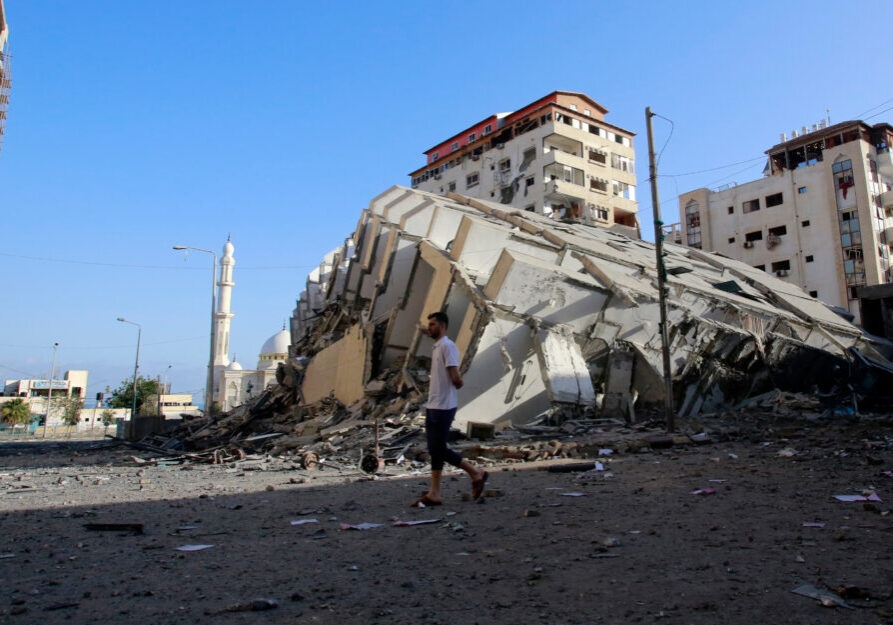Australia/Israel Review
How to Destroy ISIS: Five Rules of Battle
Sep 18, 2015 | Michael Doran, Michael Pregent, Eric Brown & Peter Rough

Michael Doran, Michael Pregent, Eric Brown & Peter Rough
On June 10, 2014, a little over a year ago, the forces of the Islamic State of Iraq and Syria (IS) shocked the world by seizing Mosul, the second largest city in Iraq. The government in Baghdad watched helplessly as its security forces crumbled and tens of thousands of residents fled their homes. Less than three weeks later, IS proclaimed itself the caliphate – that is, the legitimate successor to the state led by the Prophet Muhammad – thus casting its victory as the start of a new era of Islamic ascendancy.
The rise of IS electrified Islamist extremists around the world. It also embarrassed US President Barack Obama, who only months before had jauntily dismissed it as the “jayvee [junior varsity] team” and had repeatedly promised the American people an end altogether to conflict in the Middle East. “I said I’d end the war in Iraq, and I ended it” he boasted during the 2012 election. But now, although the President may not have been interested in war, war, to paraphrase Leon Trotsky, was decidedly interested in him. Soon a rising chorus of voices at home would be demanding decisive military action to roll back IS.
On September 10, 2014, three months to the day after the fall of Mosul, he announced a policy “to degrade and ultimately destroy” IS. In pursuit of that goal, he quickly assembled a vast military coalition numbering some 60 nations.
Over the last year, the US-led coalition has prosecuted an expansive air campaign – launched mostly from aircraft carriers in the Persian Gulf – that has included more than 10,000 airstrikes against IS personnel, equipment, and infrastructure. The campaign has scored a few notable successes: in March of this year, for example, Iraqi security forces coordinated with US air power to reclaim the city of Tikrit; in June, the US provided critical air support for Kurdish units on the ground, as they disrupted a major IS supply route in Syria.
But the campaign has also suffered setbacks. Most spectacularly, on May 17, IS forces sacked Ramadi, the capital of Anbar province in Iraq. Three days later, it took the ancient Syrian city of Palmyra. Today, while remaining firmly in control of Mosul, it sits astride the crucially important Ramadi-Fallujah-Abu Ghraib corridor leading to western Baghdad. The net result is that, a year after the President ordered military action “to degrade and ultimately destroy” IS, victory seems more distant than ever.
Why has a ragtag force of no more than 30,000 poorly trained jihadists been able to hold out against a coalition made up of the most powerful countries in the world?
* Under the terms of our copyright agreement with Mosaic magazine, the rest of this article can be read here:
http://mosaicmagazine.com/observation/2015/09/how-to-destroy-islamic-state-and-how-not-to/
This article is featured in this month’s Australia/Israel Review, which can be downloaded as a free App: see here for more details.
Tags: Iraq






